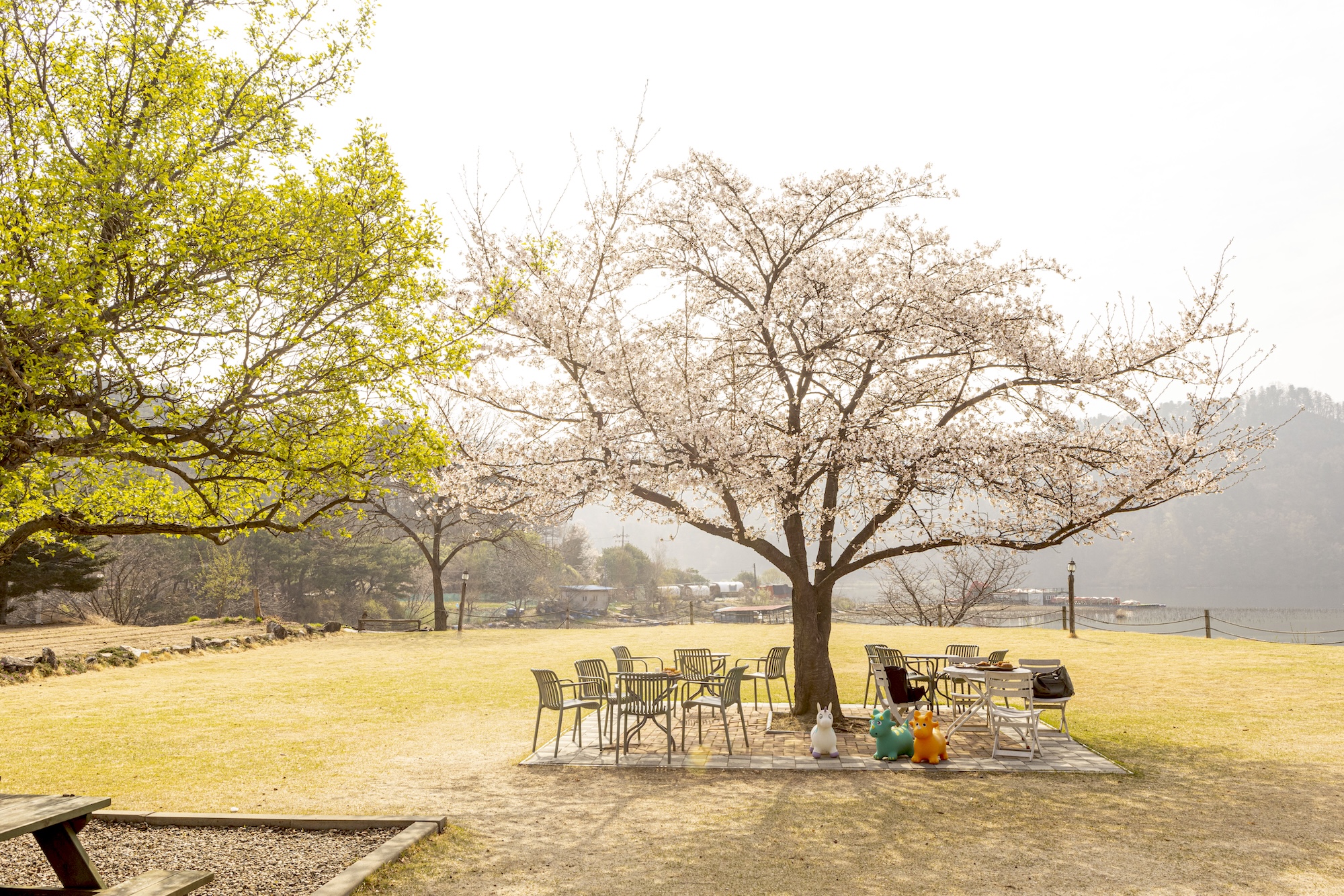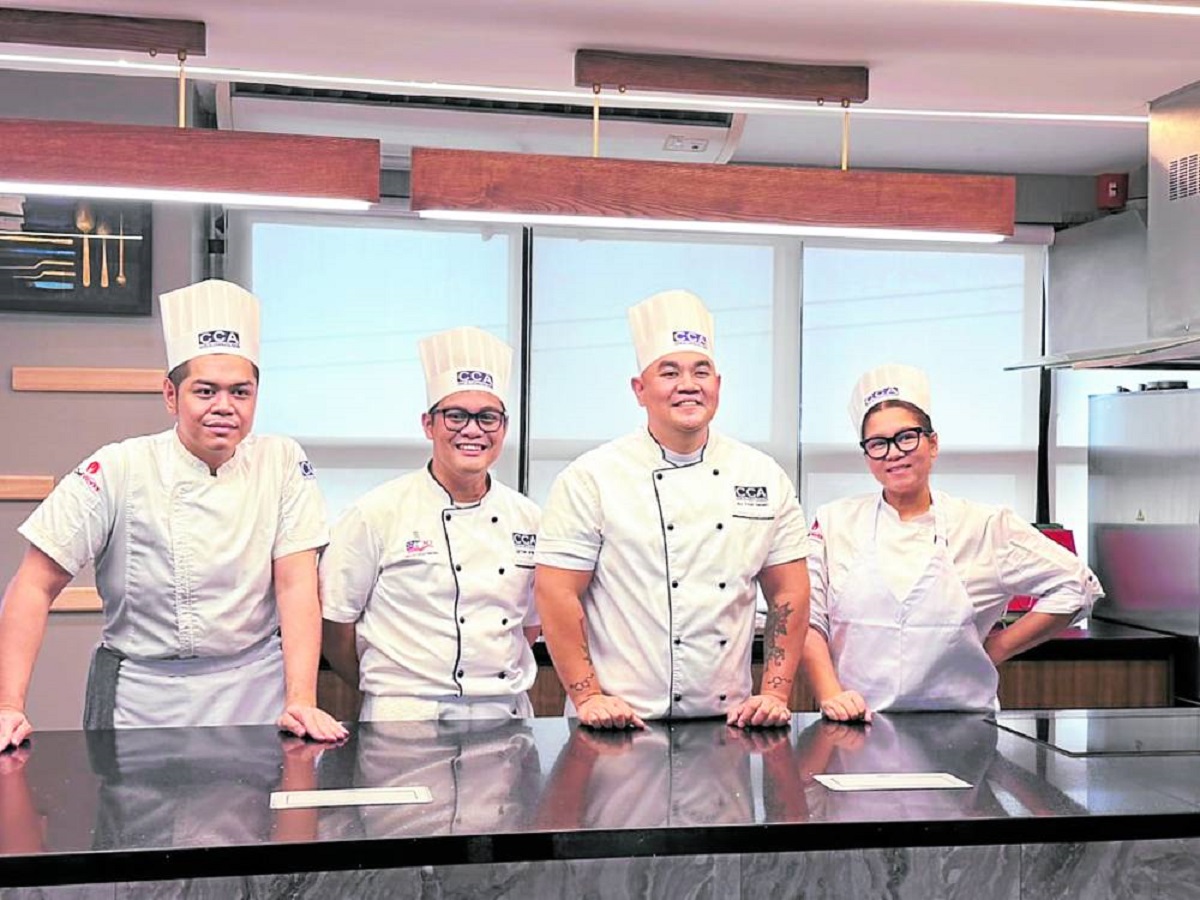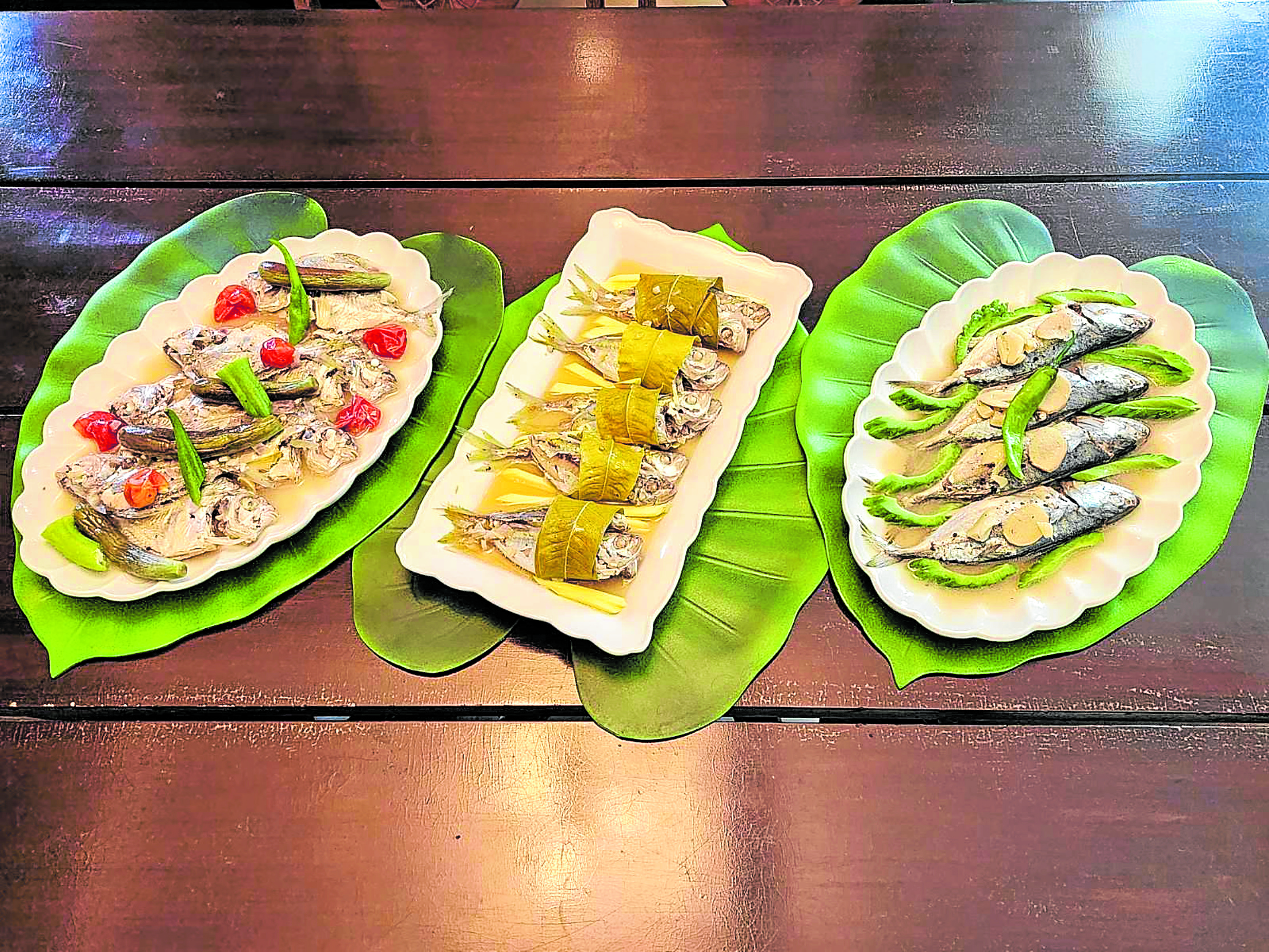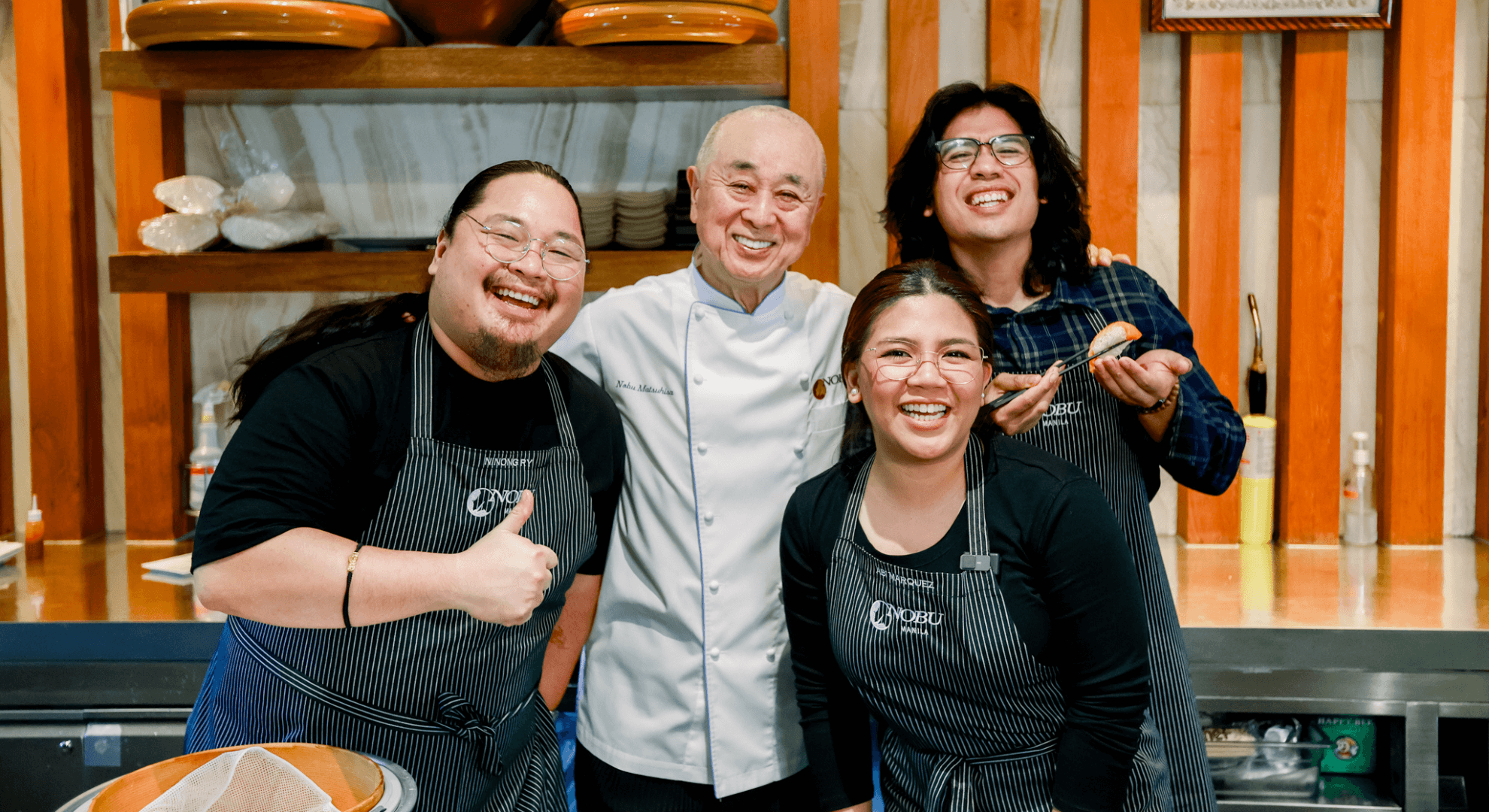“Kumain ka na,” my grandmother would tell me day after day, as I arrived from school and sauntered into the dining room.
Some days, it was a question; other times it was firm insistence. Coming home to merienda was a ritual I eagerly looked forward to every time I came home—whether it was the pimiento or chicken sandwich spread she made by hand spread on top of slices of white bread, or the kakanin and pancit palabok bought from a neighboring shop.
Inang, as I called her, would be seated at the kabisera, as she laughed and exchanged stories with our household staff. With me, one of her youngest grandchildren, she was gently firm and reserved in showing physical affection.
A mano was customary gesture, instead of the Western-style hugs and kisses other households exchanged with senior family members. And instead, she would scoop me a serving of pancit and I would take that to be love.
Inang was of a different time, her pragmatic nature further magnified when she stood as the matriarch of our large family after Tatang passed away in 2003. She grew up as a young teen during the war, somehow oblivious yet painfully aware of the challenges of living under occupation. She would have been about 13 or 14 when the Japanese took over her hometown of Balanga, Bataan; her stories told of games and amusements Japanese officers carried on to entertain locals like her and gain their trust but also smearing herself with mud, as instructed by her mother, to repel soldiers from taking any interest in her.
After the war, Inang married my grandfather and bore seven children, with my mother as the youngest. While Tatang took care of business, the household was her domain. She took on the role of homemaker with conviction, raising my mother and her siblings with gentle sternness. Although gracious and resilient, she was not one to shower physical affection among her children, and kept a certain emotional distance others may characterize as cold.
What she arguably lacked in affection, however, she made up for in the warmth of her food and hospitality. Inang, whose embraces were left wanting but could recite all the names of her 20-plus great-granchildren, translated her familial love into cooking. In notebooks, she wrote down menus for each month and week, down to the very day. This covered breakfast, lunch, and dinner, with two meriendas: one in the morning, and another in the afternoon.
No birthday or mundane occasion was missed, no matter which corner of the world a family member was at when being celebrated, even if it just meant having a bilao of pancit sitting squarely on the table—which she did in her later years when she could no longer whip up family feasts by herself.
Circumstances forced us to move homes when I was in my last year of high school; her myriad of handwritten recipes and notes were lost amid the downsizing. I remember urging her to rewrite some of the contents that had gone missing while her mind was still sharp. I had not fully realized that she indulged my request until her passing in 2017.
Months after she passed, I stumbled upon the notebooks, all filled back to back, that she wrote in the last few years. Perhaps she knew her time was coming up soon. Maybe at the very least, she didn’t want us to go hungry—just as she had taken pains to ensure over the years.
More intuitive than meticulous, the recipes were devoid of measurements, placing her trust in the idea that we would inherit her own culinary instincts and immediately know what to do with her ingredients list.
Yet it was as if each dish was a stand-in for her love and devotion, meant to live on as the customs she began would get passed down from one generation to another. It has also given me license to pore through each page and find any remaining connections to her after her passing, be it through her beloved okoy or the classic lechong kawali and sopas pairing she wrote down for each Saturday.
I still continue to sift through pages of her old notebooks and recipes when I feel nostalgic or miss her. Perhaps soon, eventually I’ll try her recipes in the kitchen, if only to stay close to the familial legacy she left behind. It’s about keeping the relevance of her own customs alive, so we can continue to remember her even while she’s gone.
If or when I have a child, I will pass on these recipes too—so they can connect with these fragments of a woman who was meek yet firm, and loved her family with ferocity.
Art by Ella Lambio
Follow Preen on Facebook, Instagram, Twitter, TikTok, YouTube, and Viber











































